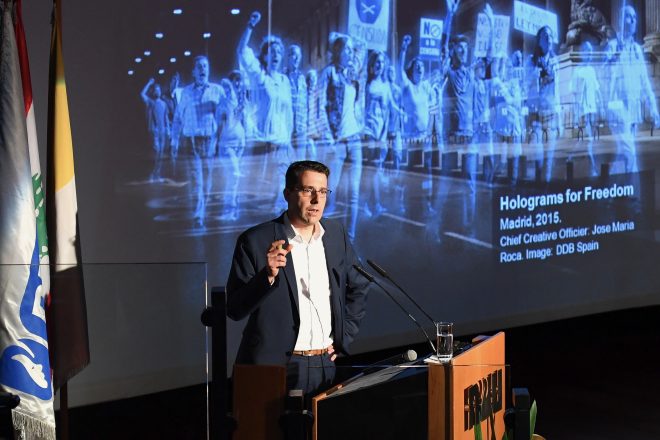Lighting is an essential element to perceive the environment at night. Diverse ideas like transformation and branding, safety requirements and technological progress have led to different nocturnal streetscapes. Street lighting has been widely installed with the argument to improve safety. With the emergence of powerful and adaptive headlights in the automotive industry and highly reflective textiles for pedestrians, the role and effectiveness of conventional street lighting is questionable. From a technological point of view, energy efficiency and low maintenance have dominated the public debate and contributed to the immense growth of LED lighting in cities, but additional developments have accelerated this trend. The miniaturization of the light source and sophisticated control technologies have paved the way for new applications. On the one hand, wearable textiles and gadgets allow pedestrians to communicate and present themselves as luminous objects in streets in a small scale. On the other hand, global and local brands have turned facades into dynamic displays to send corporate messages in a large scale. Political activists have recognised the nocturnal communication possibilities and started to use light for raising awareness regarding social and political issues. A comprehensive semiotic analysis provides the framework to identify lighting as a sign to communicate messages within the city at night. International permanent and temporary projects illustrate how the role of lighting has changed and will influence our streets in urban areas.
Conference
3rd City Street Conference, 2018. Notre Dame University-Louaize, Lebanon

